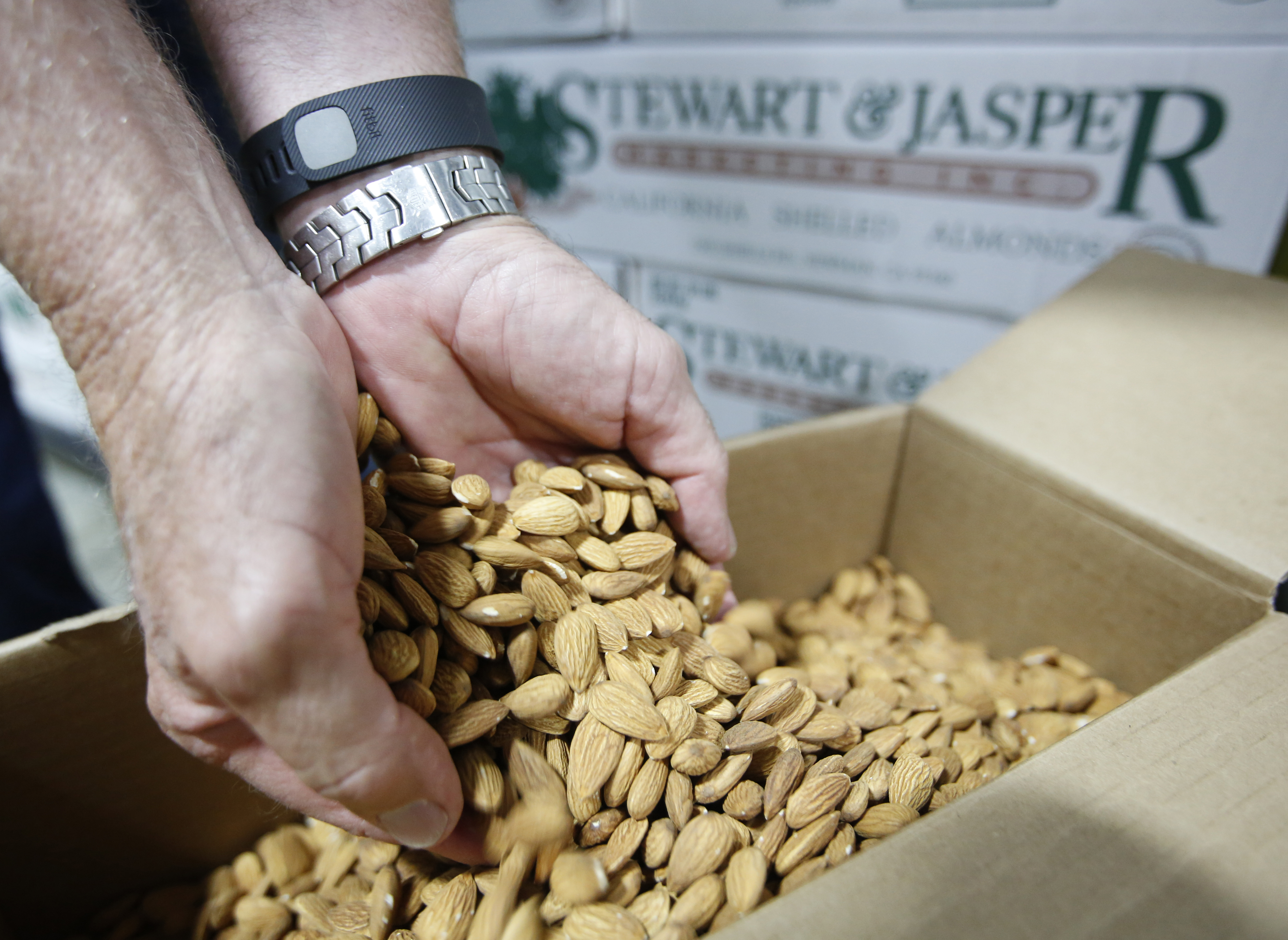In California we commonly debate how much water is used by agriculture, the environment, industry and urban users. We talk about water in terms of acre-feet and entire sectors. But we spend less time thinking about water on the individual level.
California’s water conservation mandate helped bring this back into focus, at least for a time. But the information on water usage provided by water utilities on our monthly bills is only a small part of how much water we really use.
If you want to get a better sense of your water usage there is an online tool, the Water Footprint Calculator, developed by GRACE Communications Foundation. The calculator walks you through how much water you use in your home and yard, but also how much is related to the energy you use, how much you drive, how much you shop, how much you recycle and the food you (and your pets) eat. If you take all those things into consideration, it turns out the average American consumes about 2,220 gallons (over 8,300 liters) of water per day.
“There has to at least be the first step with education and I think the California drought has really brought that home in terms of how much water goes into producing just about everything,” said Kai Olson-Sawyer, senior research and policy analyst at GRACE Communications Foundation. “We do have to think about these things. It’s the kind of stuff that shifts markets and makes producers take note.”
One of the biggest areas that impacts water usage is the food we eat, and meat tops the list. “It doesn’t matter whether that’s a water footprint or carbon footprint – it just takes a lot of resources [to produce meat],” he said. “There are studies lately, if you look at Meatless Monday, just taking one day off of eating meat can have a pretty significant impact. Obviously the less you eat, the greater the reduction in environmental impact.” His organization’s research has found that a pound of beef takes 1,800 gallons of water (over 6,800 liters) – this includes the water needed for the animal’s food (much of it corn and soy) and drinking, as well as cleaning and processing.

In July 2015, Jim Jasper, owner of Stewart Jasper Orchards, displays a box of almonds that are ready for shipping at his processing plant in Newman, Calif. Many Californians are just learning how much water it takes to grow their favorite foods. (Rich Pedroncelli, AP)
In the past few years there has been a flurry of stories in the media highlighting how much water it takes to grow almonds, with one figure coming in at just over one gallon of water (over 3.5 liters) per almond. Some people were outraged, others surprised, but understanding the water footprint of our food is not common knowledge. GRACE Communications Foundation calculated the amount water in a typical lunch. A cheese sandwich is 56 gallons (210 liters) of water and a bag of potato chips 12 gallons (45 liters). Put turkey on that sandwich and you’re looking at another 160 gallons (600 liters). If you want a soda it’s 46 more gallons (174 liters).
When it comes to meat production, we can either eat less of it or produce it in more efficient ways (or both). Irrigation of feed crops can be improved and better soil health can hold more moisture. Pasture-raised animals can also help with building soil quality, said Olson-Sawyer.
And nowhere is this more important than California. “California is critical when it comes to water because it produces so much of our food,” he said. “One of the things we like to say is ‘California’s drought is America’s drought.’ Really, what happens with California agriculture matters to the rest of the U.S.”
Farmers can save water through efficiency technology and conservation. “There is the whole notion of more crop per drop and using water as productively as possible,” said Olson-Sawyer. “Most farmers are getting on board with that but they can be encouraged to use more efficient irrigation systems. However, not all high-efficiency irrigation works in every case, so it is going to be a case-by-case basis.”
The water footprint of food isn’t just a production issue for farmers, but it extends to consumers as well, and we can all help by reducing food waste. A recent report found that wasted food accounts for 21 percent of our freshwater use.
When we think about water conservation, we should also think about energy conservation, too, said Olson-Sawyer. Research from the University of California, Davis found big energy savings from California’s water conservation mandate. By cutting water use between June 2015 and February 2016, Californians saved enough energy to power 135,000 homes for a year and the greenhouse gas equivalent of removing 50,000 cars from the road for a year.
“If you conserve water you’re conserving energy,” said Olson-Sawyer. “You have to look at things more comprehensively.”
While issues such as drought and climate change are big, there are smaller ways they can be approached. “Focus on what you can do and connect it to a larger movement or bigger collective action,” said Olson-Sawyer.
